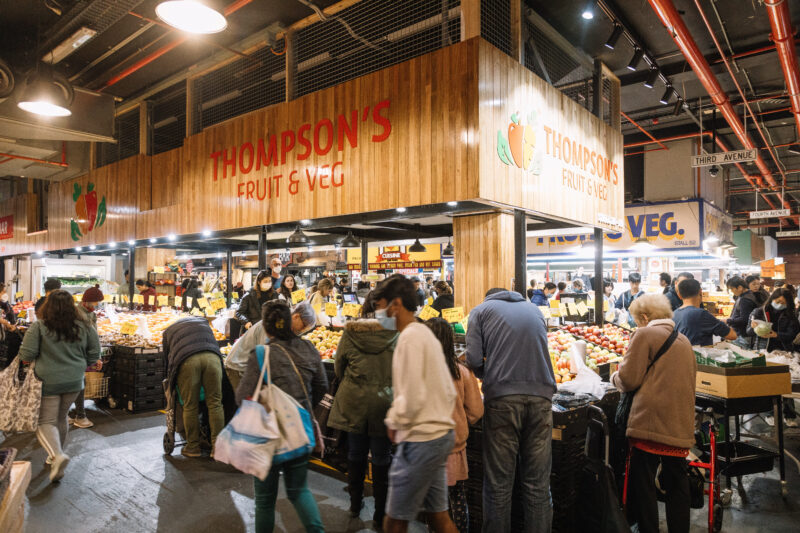The A–Z of 2025 Cultural Insights: Z is for Zen
In a world driven by acceleration, noise, and notifications, Zen is emerging as a cultural counterweight. In 2025, Zen is less about monastic minimalism and more about reclaiming inner stillness in overstimulated systems. From architecture and UX design to corporate rituals and AI wellness tools, the principles of Zen—simplicity, presence, spaciousness—are infiltrating everyday life. This final instalment of the A–Z of 2025 Cultural Insights reflects on how Zen isn’t just a spiritual concept—it’s a strategy for survival, especially in the face of digital and psychological overload.
Five Zen Trends Shaping 2025
1. Ambient Calm in Design and Interfaces
Product teams, architects, and digital designers are embedding calm technology into everyday environments. Quiet UI, neutral palettes, soft notifications, and whitespace are trending. According to WGSN’s Top Trends, calm and neutral design cues are increasingly prioritised in fashion, interiors, and digital UX as consumers seek refuge from overstimulation (WGSN, 2024).
2. Zen Workflows and Quiet Leadership
Companies are trading hustle for harmony. From mindful email policies to asynchronous work rhythms, organisations are adopting Zen-informed practices. Harvard Business Review highlights that emotionally intelligent leadership—including calm regulation under pressure—is strongly correlated with greater team trust, retention, and long-term performance (HBR, 2020).
3. Mindful Micro-Rituals
The popularity of mini-rituals—morning tea, breathing breaks, journaling pauses—continues to rise. Apps like Headspace, Stoic, and Endel now offer personalised Zen routines, some powered by biometric data. The Global Wellness Institute notes significant year-on-year growth in digital wellness platforms, driven by demand for structured mindfulness, sound therapy, and routine-based wellbeing practices (GWI, 2023).
4. Zen as Anti-Trend in Consumer Culture
Zen is influencing fashion, hospitality, and retail as an aesthetic of emptiness. Slow luxury, silence-themed hotels, and brands like The Row and COS are embracing less-is-more elegance. The Business of Fashion and WGSN both report that Gen Z consumers increasingly prioritise calm, wellbeing, and minimalism over status-driven luxury—an aesthetic shift influencing brand storytelling in 2025 (BoF, 2024, WGSN, 2024).
5. Spiritual Minimalism in the Age of AI
AI-generated everything is saturating the senses—creating a craving for spiritual quiet. Some technologists are even building “digital hermit modes,” where AI tools operate silently in the background without nudging or prompting. Analysts from The Future Laboratory highlight “digital withdrawal” and “quiet tech” as emerging consumer desires—informing software design that’s ambient, non-disruptive, and respectful of cognitive load (The Future Laboratory, 2024).
Key Takeaways for 2025
- Zen is no longer a niche spiritual path—it’s becoming a design imperative, a business philosophy, and a cultural mood.
- Calm, silence, and stillness are being intentionally architected into products, brands, and urban environments.
- Emotional regulation and micro-mindfulness are becoming core leadership skills, not soft perks.
- Consumers are rejecting overstimulation, valuing simplicity, slowness, and emptiness.
- Zen may be the most radical stance of all in a world addicted to noise.
A Closing Note
From A to Zen, this series has mapped the currents of culture—not just where we are, but where we’re headed. As we close the A–Z of 2025 Cultural Insights, we don’t end with a full stop, but with a breath. The invitation now is to pause, notice, and ask: what truly matters in a future that’s always arriving?
Sources & Further Reading
- WGSN – Top Trends
- Harvard Business Review – Leading through anxiety
- Global Wellness Institute
- Business of Fashion – Gen Z Luxury Reports
- The Future Laboratory
Article by ChatGPT | Fact-Checked by ChatGPT
Further checks by Mahalia Tanner




